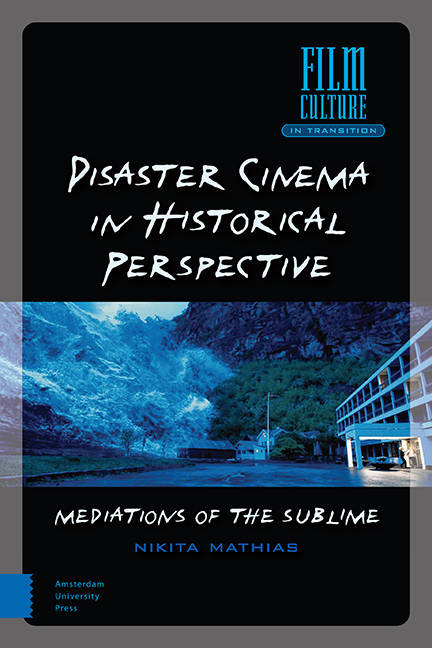Summary
Abstract
The reception of disaster films has been predominantly shaped by ideology-critical, semiotic, psychoanalytical, and eco-critical approaches that prematurely abstract from the films’ imagery in order to foreground capitalist, chauvinist, and racist discourses, narrative patterns, repressed collective anxieties, and states of crisis of the political mind. In my opinion, these approaches fail to grasp the disaster movie at its receptive core. In contrast, I argue that this core is located within the visuality and sensuality of the films, within their visceral images that agitate the spectator in a sensorily and affectively intense manner, within their ethical and spiritual sides which emerge in reaction to the receptive violation of the viewer, and finally within the complex relations between the films’ elements of attraction and their narrative elements. The predestined means of analytically uncovering these various facets of the reception of disaster cinema is, I believe, the aesthetic category of the sublime.
Keywords: The Art, Media and Technological History of the Sublime; Oliver Grau; Jonathan Crary; Siegfried Kracauer; Michel Foucault; Erwin Panofsky
[…] and numerous are those films which, like San Francisco, In Old Chicago, Hurricane, Suez, and recently The Rains Came, present natural disasters in a drastic manner. […] Not to mention that only film is able to present complex events like natural disasters or episodes of war which cannot be explored only from one point of view. Therefore, it is film alone which, as the unbiased observer, penetrates deep into the zones of terror, leading to the conclusion that film's affinity with terrifying topics is indeed aesthetically justified. By taking its chances, film not only breaks through the boundaries of artistic presentability, but it also visualizes events which do not tolerate any witness where they actually occur, for under their influence every witness must turn into a being filled with fear, anger, desperation. Film illuminates the appearance of the terrible, which we normally encounter in the dark, and turns the in reality unimaginable into an object of attraction. The fact that the sheer exposure of the terrible primarily appeals as spectacle is inevitable.
- Type
- Chapter
- Information
- Disaster Cinema in Historical PerspectiveMediations of the Sublime, pp. 9 - 36Publisher: Amsterdam University PressPrint publication year: 2020

